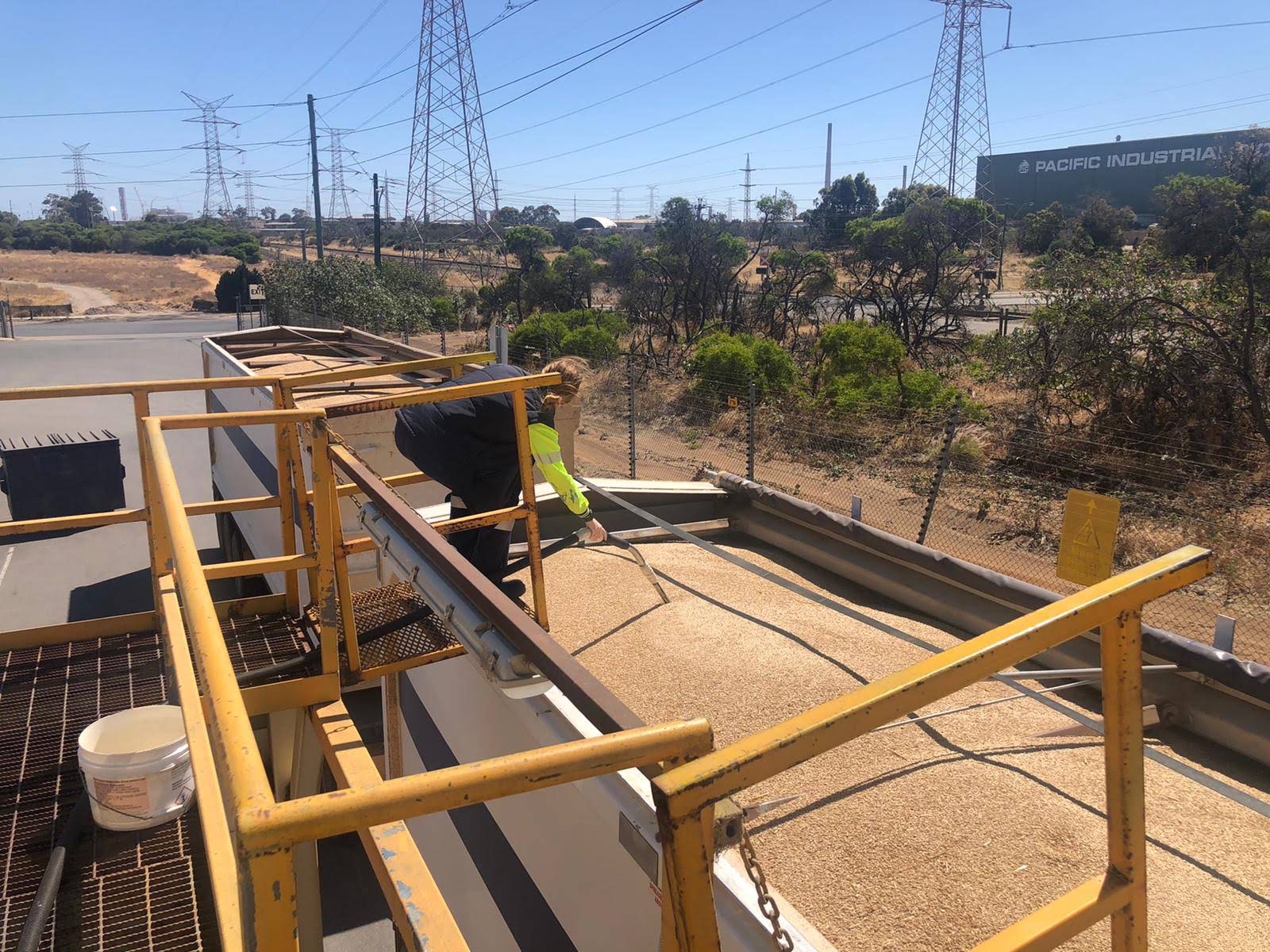Introducing Food Safety Standards: Ensuring Quality Production
Food safety standards are essential for ensuring quality from farm to fork. In today’s globalized world, where a seemingly never-ending list of random ingredient suppliers can be found on the internet, food safety standards are more important than ever. The increased efficiency of international trade has increased the tonnage of food products being imported and exported around the world. Food safety standards are designed to protect consumers from the risks of foreign material, infestation, and food-borne illnesses. These standards also ensure food is produced in a manner that is safe for the employees and sustainable for the environment. Through the meeting of these standards, manufacturers are required to identify risks and implement proven mitigation strategies. By meeting global food safety standards, manufacturers can ensure that their products are safe and of the highest quality. This gives customers around the world confidence that when they add imported ingredients to their formulas, the final product won’t be compromised.
Ensuring Quality: 3 Elements of Guaranteed Quality
Specifications: Before verifying that our suppliers meet our stringent quality standards, we start with product specifications. These specs list a multitude of measurables that help guarantee our product is a match. This includes physical attributes like particle size, moisture, absorption, ash and color, microbiological measurements including Aerobic Plate Count, yeast/mold and pathogen and any presence of allergens like gluten or soy and chemicals lead, mercury, and arsenic. We also use nutritional information to make sure the product we’re supplying matches what our customers expect.
BRCGS Certification: In 2023, Tradelink completed its own BRCGS food safety certification. In doing so, we gave our customers the confidence of working with a project manager that is verified as both experienced and validated in the world of food. As a BRCGS-certified company, we are able to use the knowledge we’ve gained in obtaining our certification to measure our suppliers against the highest standard.
Global Standards: Global food safety standards are enforced by government agencies and organizations such as the World Health Organization (WHO), the Food and Agriculture Organization (FAO), and the Food and Drug Administration (FDA)These standards are based on the principles of Hazard Analysis and Critical Control Points (HACCP). HACCP is a system that identifies and controls food safety hazards at each stage of the food production process. This system requires manufacturers to identify potential hazards, develop preventive measures, and monitor the safety of their products. The global food safety standards also include Good Manufacturing Practices (GMPs). GMPs are guidelines that set standards for employee behavior and food safety programs and documentation to help manufacturers ensure that their products are safe and of high quality. These guidelines cover areas such as personnel hygiene, equipment maintenance, and food storage. The above standards are enforced by government agencies and organizations through inspections, audits, and other measures. Manufacturers must comply with these standards in order to sell their products in the global market. Failure to comply with the standards can result in fines, product recalls, and other penalties. By adhering to global food safety standards, manufacturers can ensure that their products are safe and of high quality. This helps to protect consumers and build trust in the food industry. At Tradelink, we only work with Certified partners and are committed to providing transparency into this very important part of our business.
Navigating the Challenges of Meeting Global Food Safety Standards
For many international suppliers, achieving these standards can be challenging, as regulations can vary significantly from country to country. Companies with multiple production lines at various production sites have even more to manage to achieve certification. Manufacturers must take a proactive approach to ensure compliance with global food safety standards. This includes implementing a comprehensive food safety management system that covers all aspects of the production process. This system should include regular testing and monitoring of products, as well as the implementation of rigorous quality control measures. Food safety standards that are generally accepted around the world include:
- Global Food Safety Initiative (GFSI)
- Safety Quality Food (SQF)
- BRCGS (Brand Reputation through Compliance Global Standard)
- International Organization for Standardization (ISO)
- Food Safety System Certification (FSSC)
Advantages of Meeting Global Food Safety Standards to Ensure Quality
The benefits of meeting global food safety standards are numerous. For manufacturers, meeting these standards gives them access to customers in various sectors the world over. Compliance with global food safety standards can also help them operate with integrity in the way they protect the environment and the well-being of their employees and consumers. From an executive point of view, meeting these food safety standards makes business sense as companies with industry-leading food safety documentation, programs, and culture in place are at less risk of product holds, rejections, and recalls that can forever damage reputations. By leveraging the aforementioned benefits, manufacturers can ensure that their products are of the highest quality and safety from farm to fork.
The Bottom Line: Ensuring Quality Food Safety Standards is Critical to Long Term Success
The importance of food safety standards cannot be overstated. These standards ensure that food is safe for consumption. Meeting these standards can be a challenge, but the benefits are worth the effort. Manufacturers can leverage these benefits to gain access to global markets and grow their business. Manufacturers should take the necessary steps to ensure that their products meet these standards, such as investing in quality control systems and training staff on food safety protocols. Meeting these standards can be a challenge, but the benefits are worth the effort. By adhering to global food safety standards, manufacturers can ensure that their products are safe for consumption and of the highest quality.



